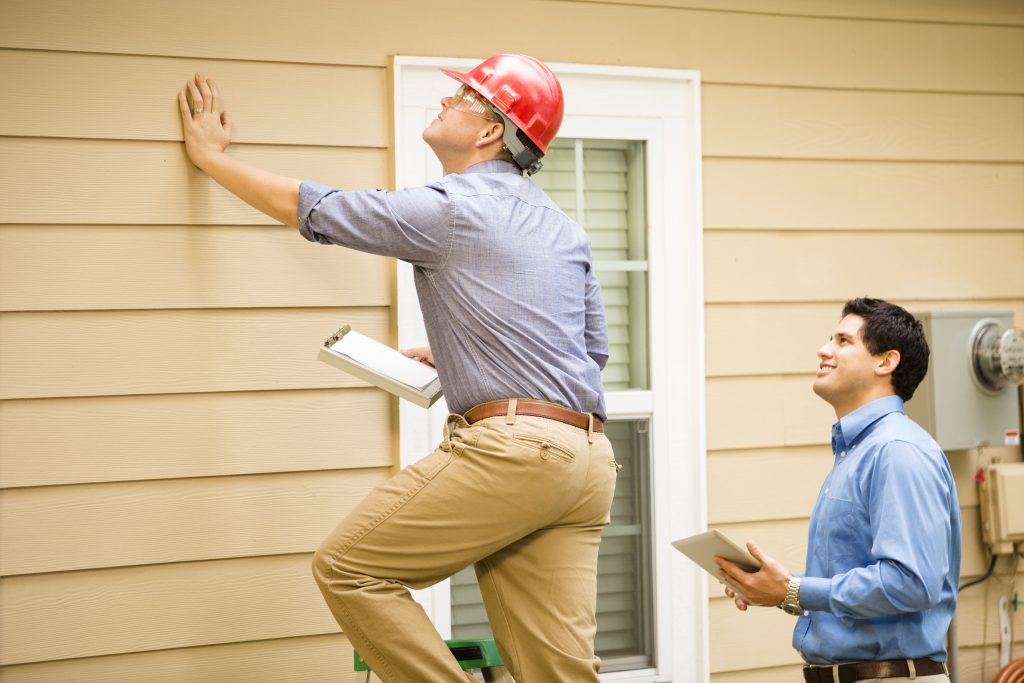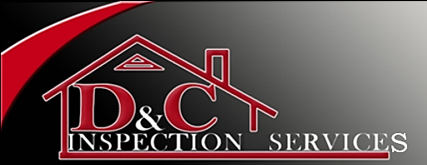
Protect your home with our 4-Point Inspection Cover. We provide essential coverage for key systems, ensuring peace of mind and safety for your property. When homeowners consider buying an old house or when they seek home insurance, they need a four-point inspection. The inspection covers four critical systems of the house: plumbing, roofing, electric system, and Expert 4 Point Inspection Services (heating, ventilation, and air conditioning). Understanding all the details is crucial as it helps homeowners and potential buyers explore the real estate process more efficiently. This article will include an in-depth of what 4-point inspections may cover.
What Is a 4-Point Inspection?
A four-point inspection is an evaluation process through which the four critical components of the home are evaluated. This system helps to update the house and assess whether it needs repair. Insurance companies mostly do this inspection. They help determine the associated risks. However, the complete home inspection covers all the aspects of the home rather than these four.
What Does a 4-Point Inspection Cover?
To fully understand the 4-point inspection cover, exploring the following elements is crucial;
Electrical System
The electrical system is one of the most crucial systems that covers the four-point inspection. It evaluates the overall condition of the panel, wiring, and other elements. Some common issues include inadequate grounding, faulty wiring, and overloaded circuits. Inspectors usually look for any signs of wear and tear, fire hazards, and even code violations. This ensures that the electric system is safe and coded.
Plumbing System: 4-Point Inspection Cover
Another essential aspect that has been addressed is the plumbing system. The inspection will determine the condition of the pipes, drainages, water systems, heaters, and fixtures in a home. They are searching for cracks, rust, and pipe deterioration and using old materials that might pose a threat of causing water damage or be vulnerable to such in the future. Issues with water supply, pressure, etc., can be the result of faulty plumbing and may thus be significant in inspection by potential buyers or insurance companies.
HVAC (Heating, Ventilation, and Air Conditioning)
The use of D & C Inspections can be considered critical to providing a comfortable environment in a home. In a 4-point inspection, a check is made on the operation and maintenance of the HVAC as well as on its general condition. The following are what the inspectors will check: Heating cooling units, ventilation systems, ducts, and thermostats. For example, they search for filth on the filters, the presence of rust, leakage, or poor performance of the system. Proper maintenance of this system provides comfort to the occupants and also contributes to home energy saving and provision of quality air.
Roofing
The roof is another area of significant importance, and so the 4-point inspection is tipped to check on it. Roofs and their systems’ condition and age, as well as their materials, are also other areas that will be evaluated if they have any signs of leakage, absence of shingles or tiles, structural problems, or threats of future problems. Roof maintenance is essential for a house to be safe for residents, and any defects in the roof will cause water ingress or any other disaster. It is also probable that during an inspection a look at the gutters and downspouts will also be taken as these parts are essential for drainage.
Why Is a 4-Point Inspection Important?
Knowing what a four-point inspection includes is very important to anyone who is hoping to purchase an older home or renew his or her home insurance. Insurance companies use the four-point inspection to assess the risk in order to either offer a new policy or extend an existing one. Looking for issues before they become an issue can be beneficial in cutting costs as a homeowner while also maintaining the resident’s standard of living.
Key Differences Between a 4-Point Inspection and a Full Home Inspection
The 4-point inspection concerns only the electrical, plumbing, HVAC, and roofing systems, while a complete home inspection covers all systems and appliances around the house. A run-of-the-mill inspection, therefore, embraces elements of the building such as the foundation and roof space, structures such as Insulation, window and door frames, and the like. In the case of the interested buyers, full home inspection is necessary for them to get a complete assessment of the house as compared to the 4-point inspection which is just sufficient for insurance.
